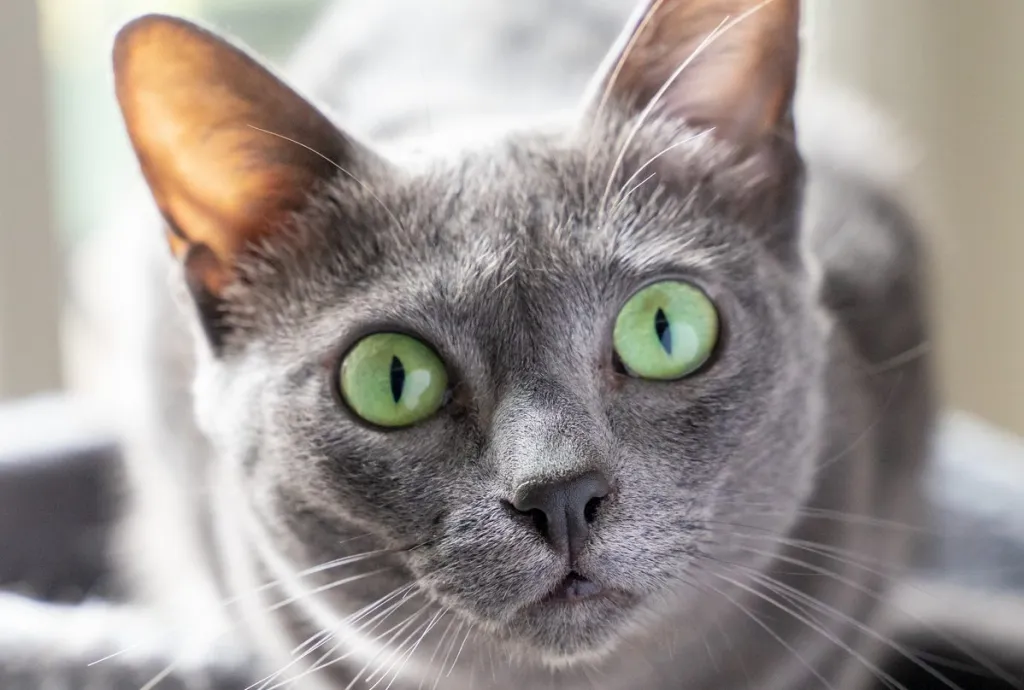The Korat cat, with its striking silver-blue coat and captivating green eyes, is a cat breed that exudes elegance and charm. Originating from Thailand, the Korat is revered not only for its physical beauty but also for its rich cultural significance. The Korat cat is called the “good luck cat” in its native land, and is steeped in ancient folklore and…

An orange tabby named Calcifer stars in a cozy Instagram Reel from the account @calcifer.cat. His human croons a soft,…




